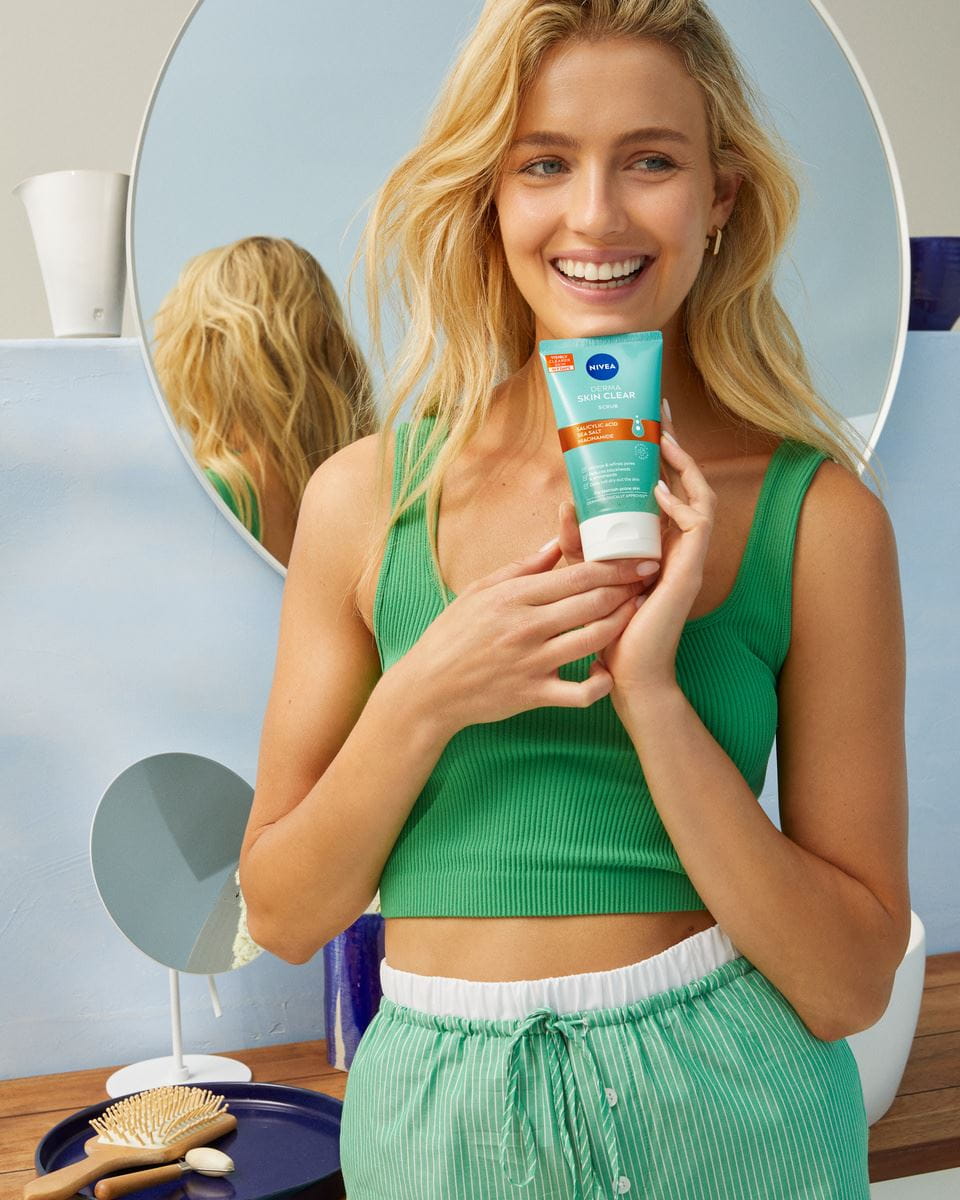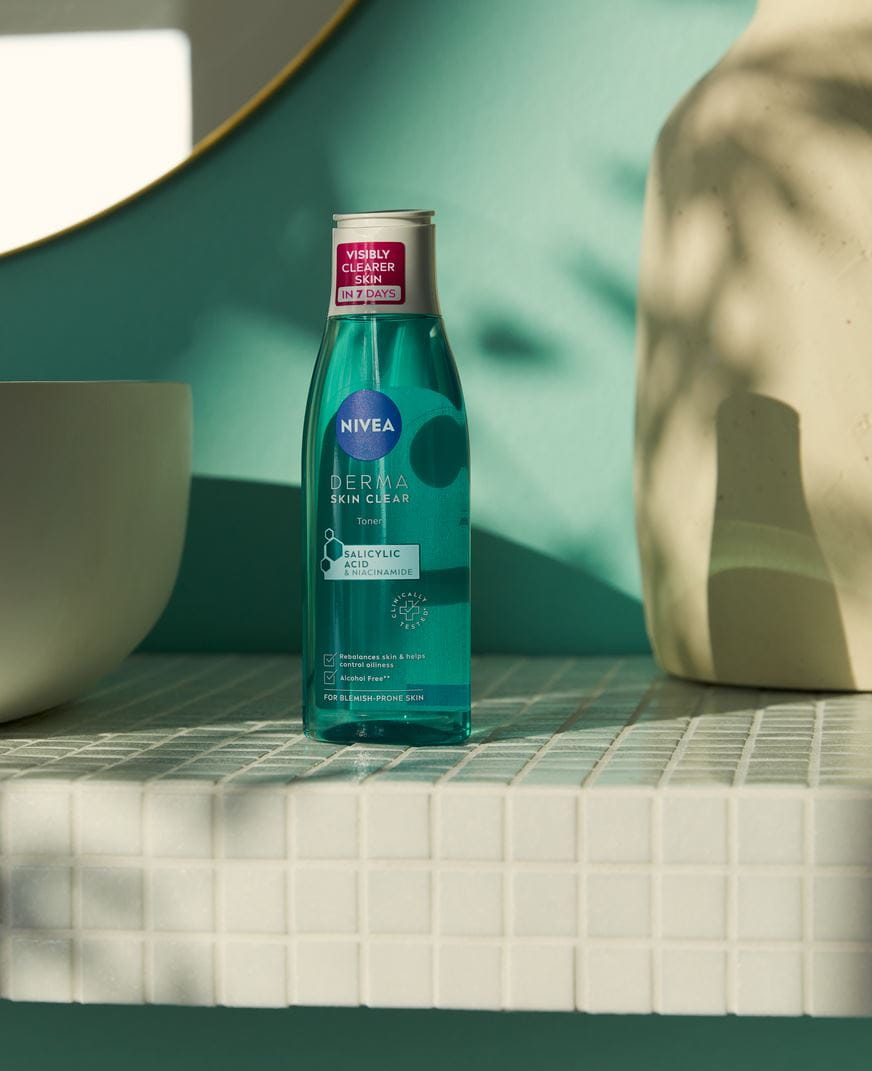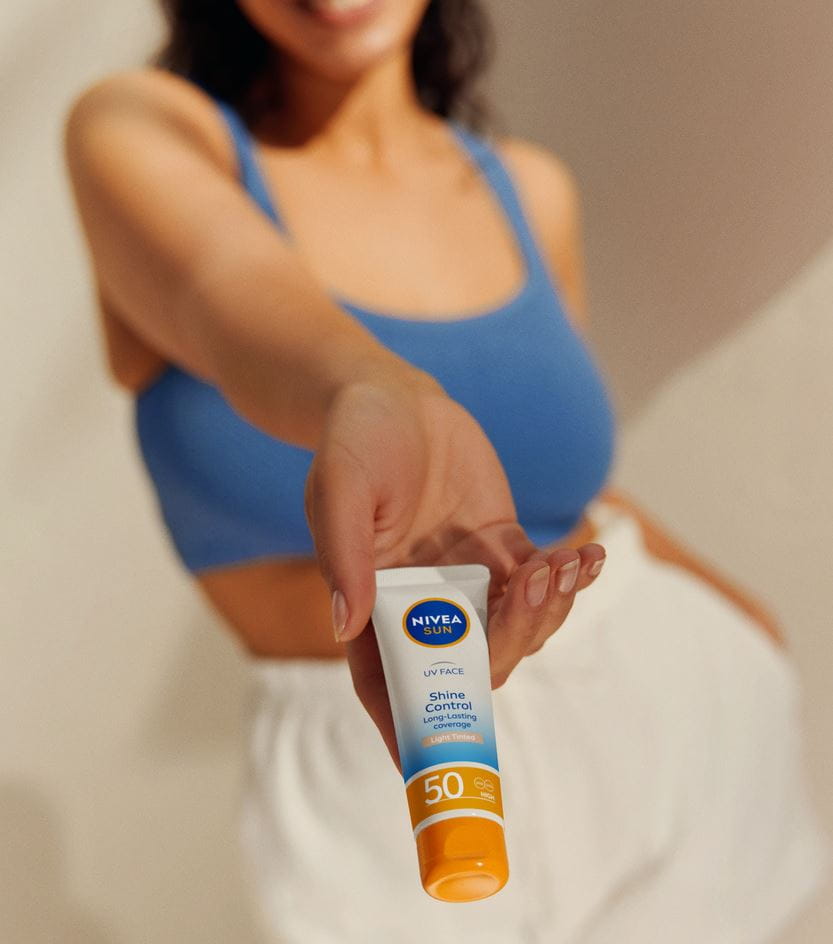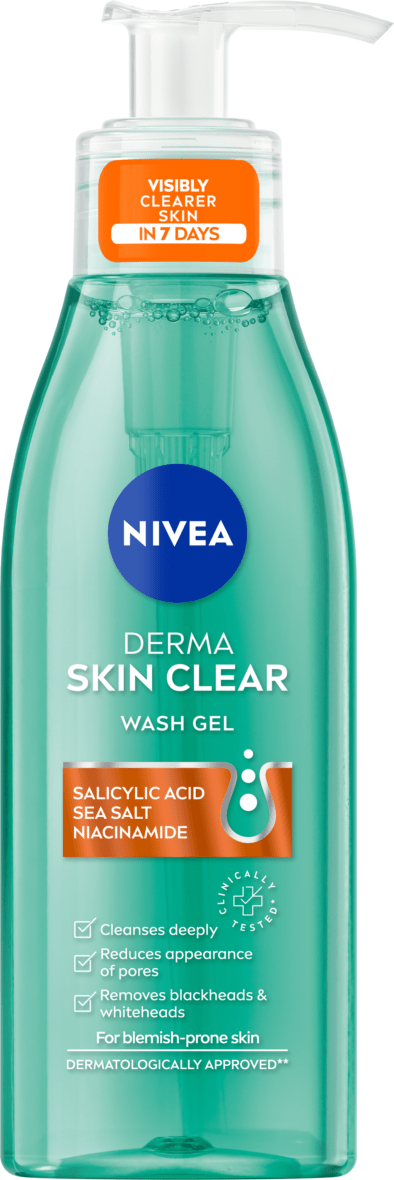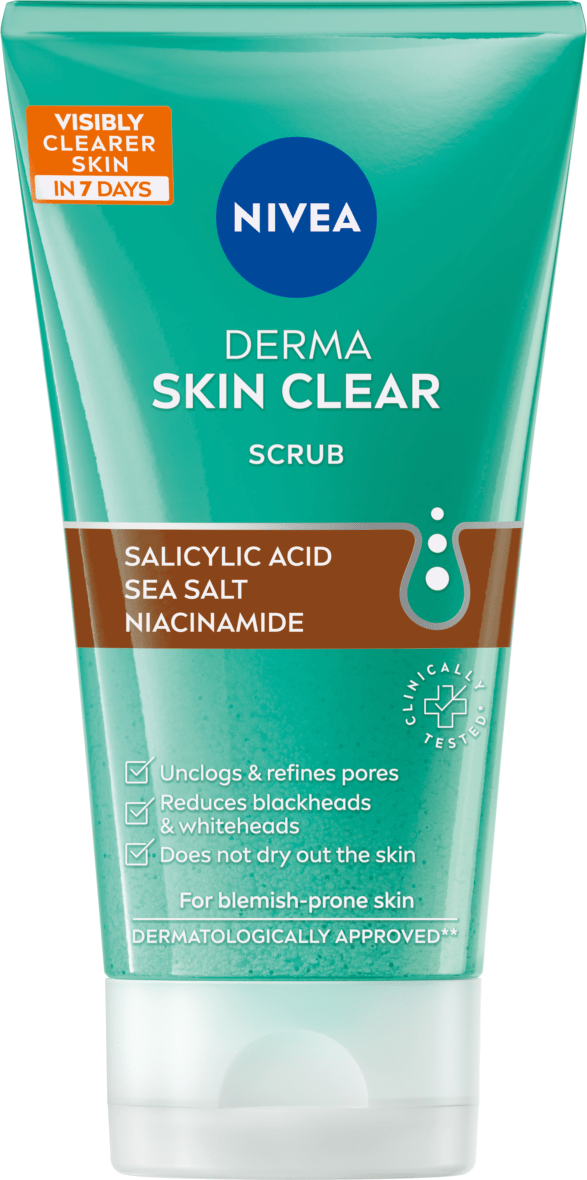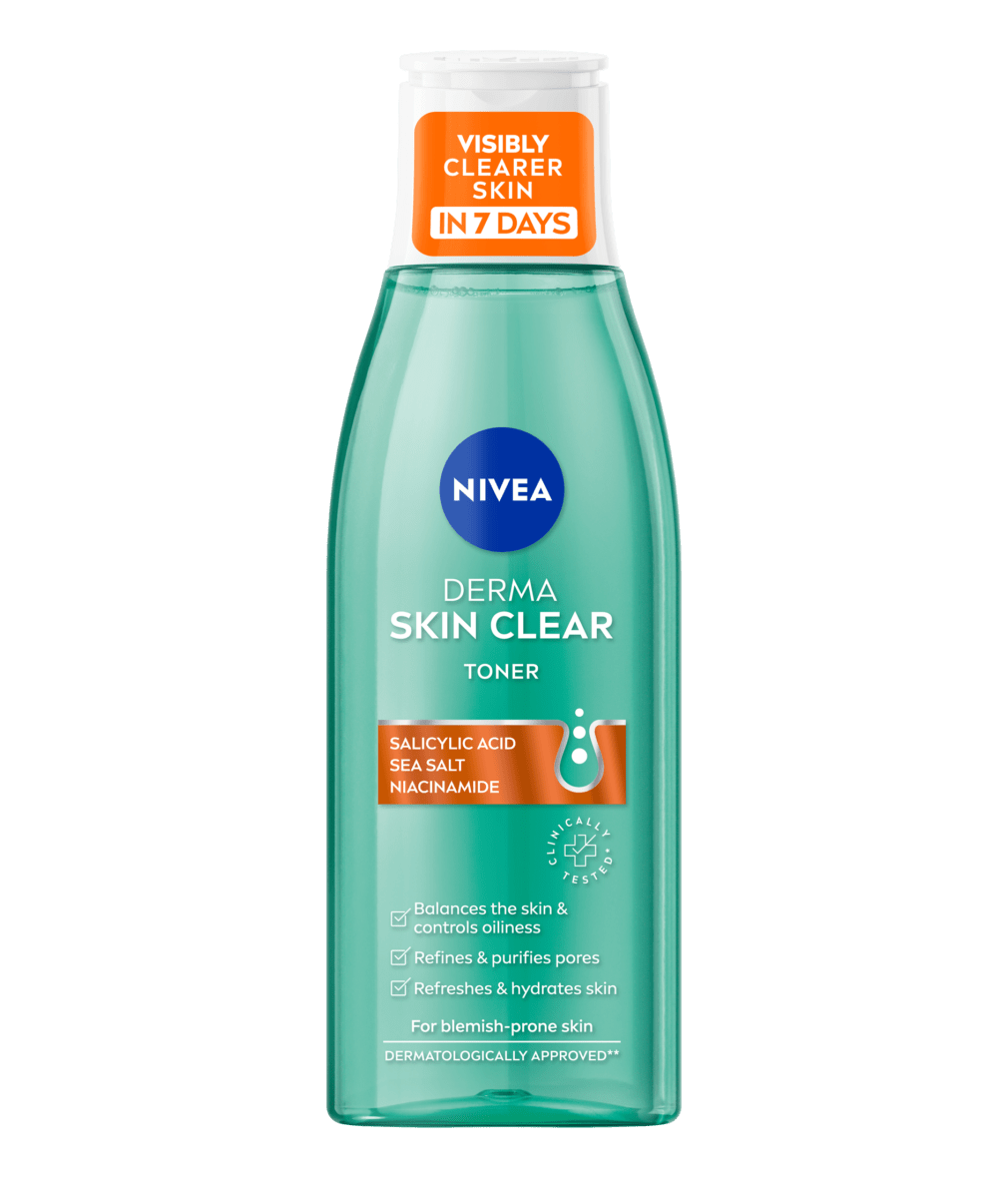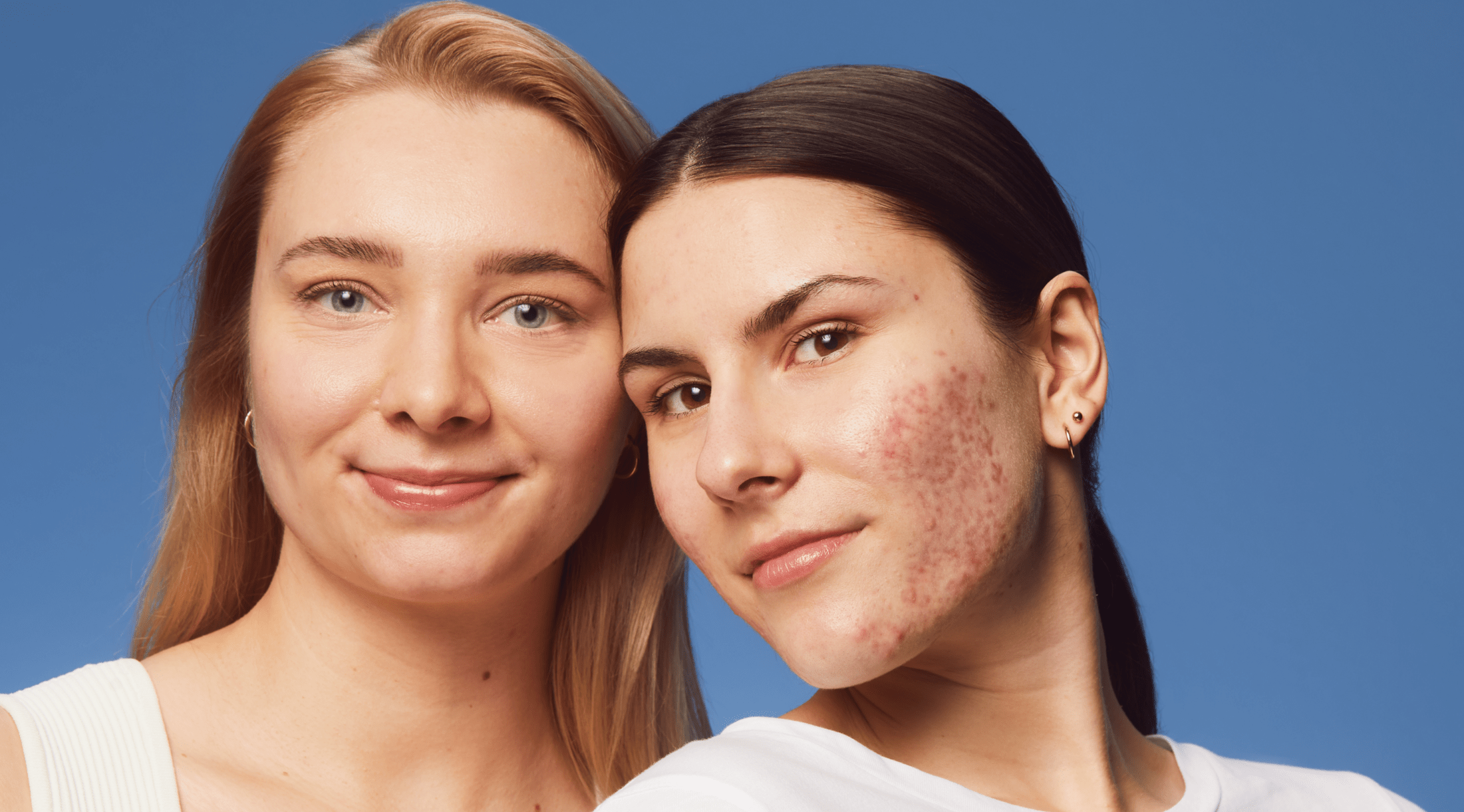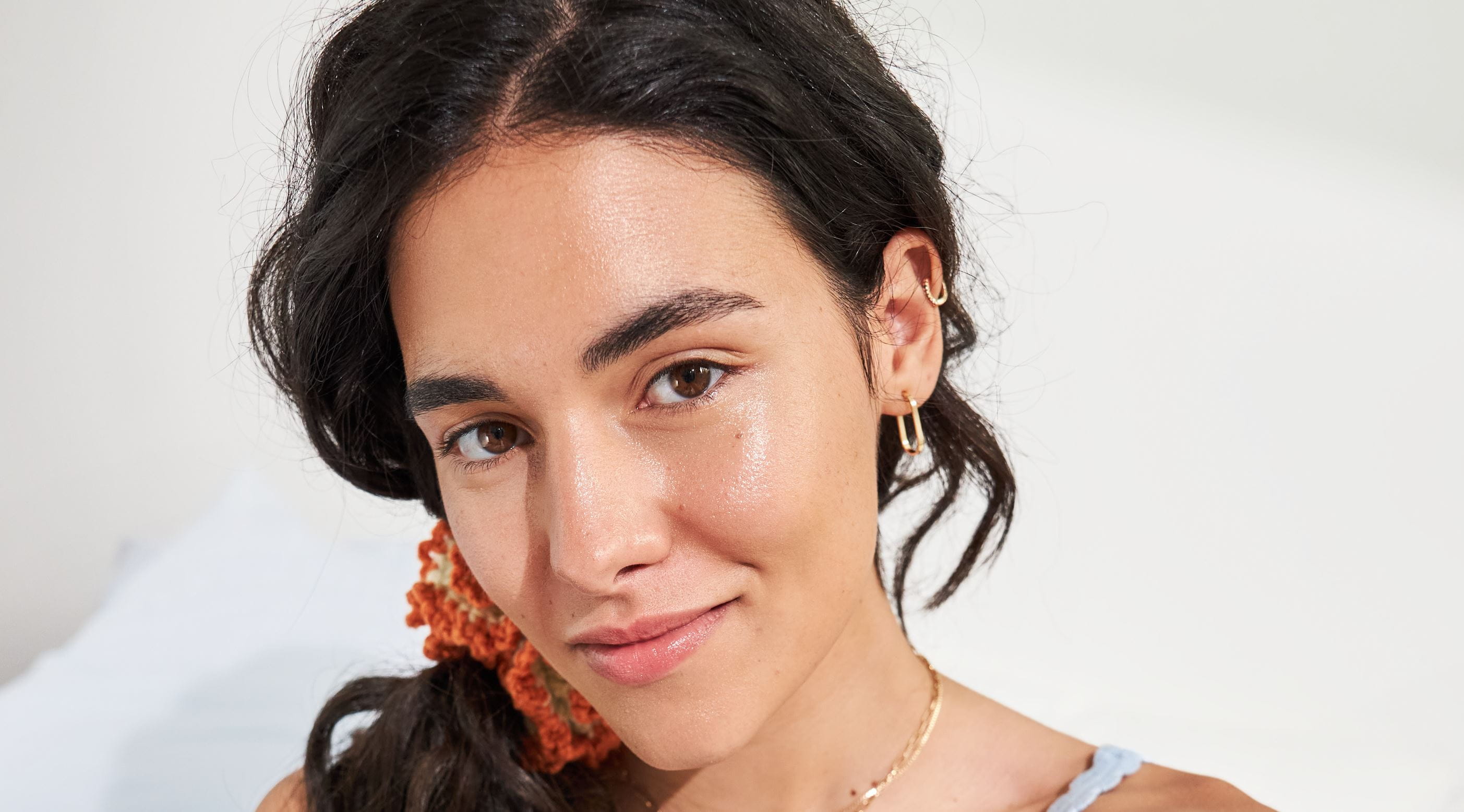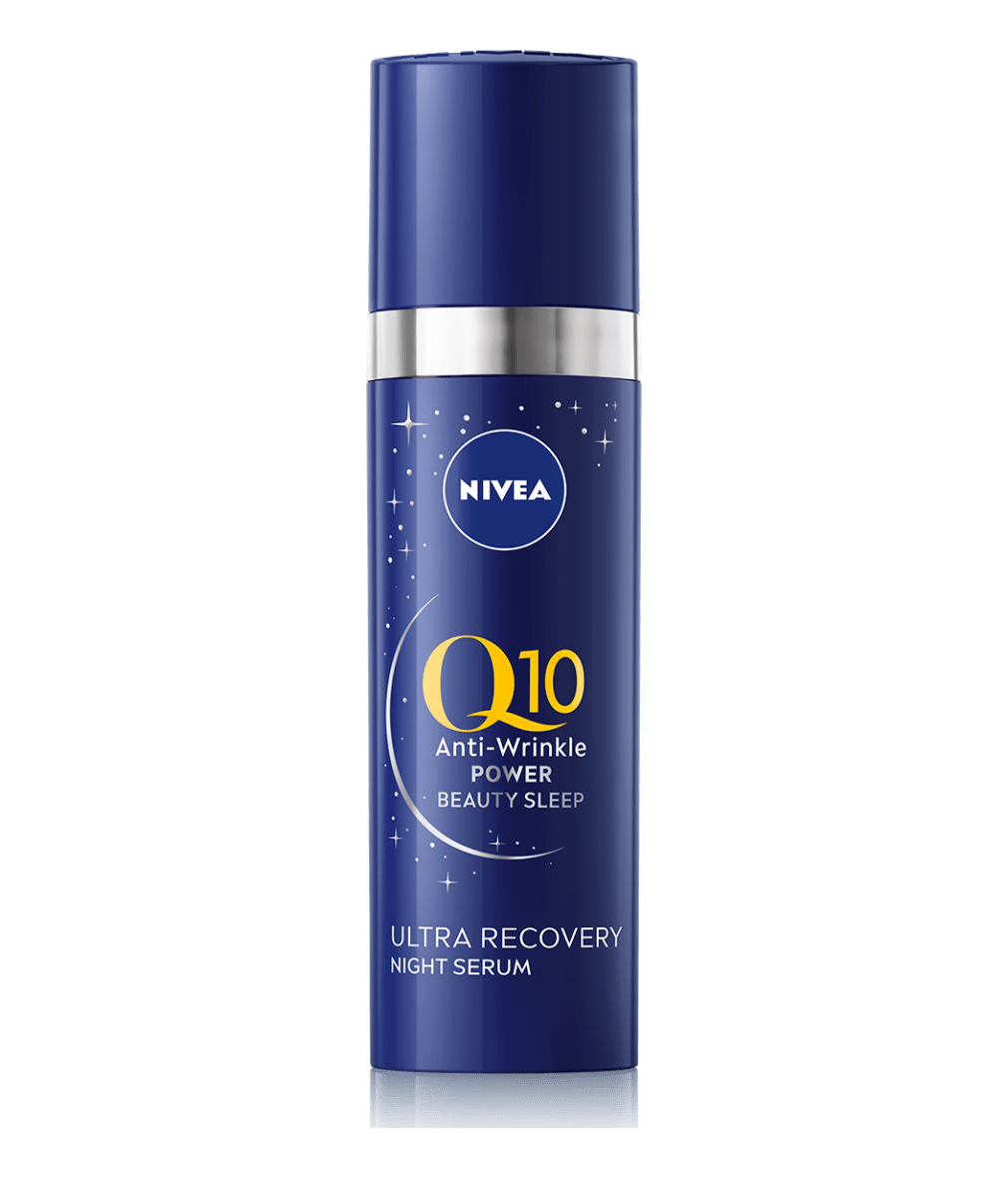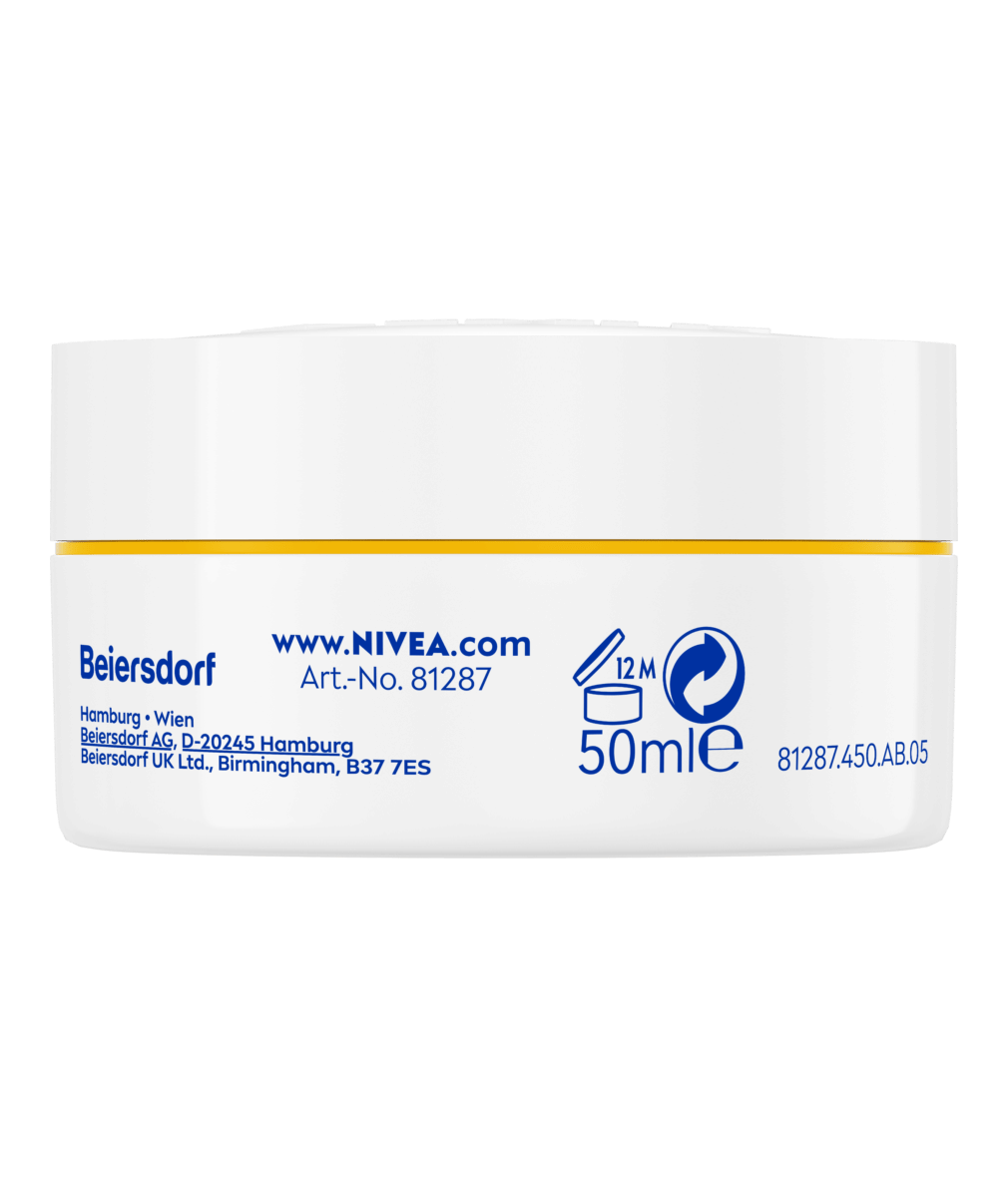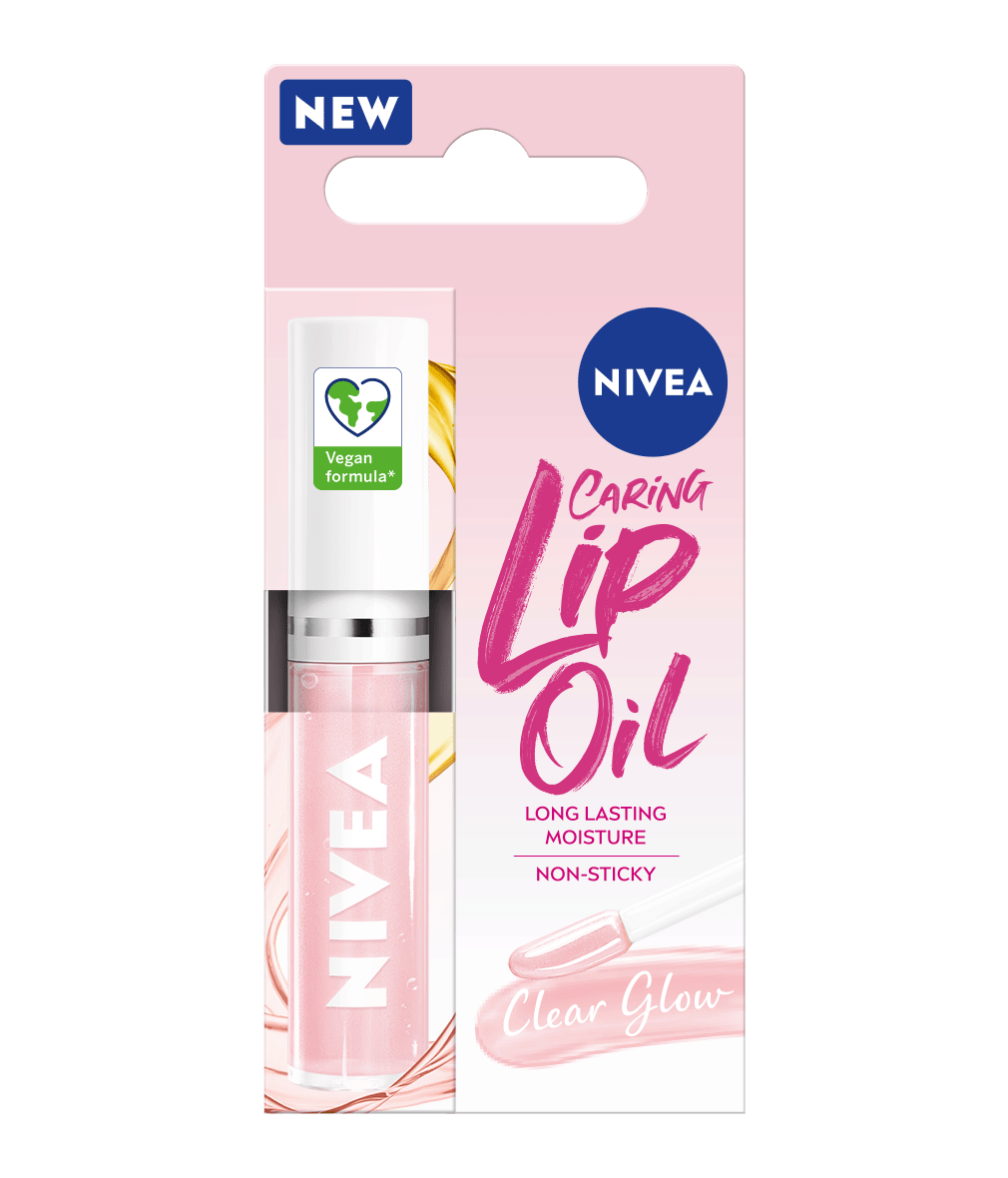
What is Sebum and Can You Reduce Excess Production?
Discover all you need to know about sebum, why sebaceous glands produce too much, and whether you can reduce sebum excess, with NIVEA
What is sebum?
Sebum is a natural, oily substance produced by the sebaceous glands in your skin. Composed of lipids, waxes, and other molecules, it forms a protective barrier that reduces water loss to regulate body temperature and helps to keep the skin moisturised.
It also shields against bacteria, fungi, and environmental pollutants, thus helping to prevent infections and skin damage. Additionally, it contributes to the skin's texture and shine, helping to provide a healthy-looking appearance.
It also shields against bacteria, fungi, and environmental pollutants, thus helping to prevent infections and skin damage. Additionally, it contributes to the skin's texture and shine, helping to provide a healthy-looking appearance.
What Are Sebaceous Glands?
Sebaceous glands produce sebum, a natural oil. Most of these glands open into your hair follicles, allowing them to release sebum directly onto the hair shaft or skin’s surface through pores.
4 Common Causes of Excess Sebum Production
Where Are the Sebaceous Glands Located?
7 Areas Commonly Affected by Excess Sebum
Clogged pores can be found anywhere on the body where there are sebaceous glands. However, certain areas are more prone to clogging due to higher concentrations of these glands and greater exposure to factors that contribute to blockages:
Facts Overview
Sebum
Can sebaceuous glands get clogged?
Sebaceous glands are responsible for sebum production, but they do not get clogged themselves. Instead, it's the pores and ducts connected to these glands that can become clogged. Skincare products don't directly regulate sebum production but help reduce excess sebum on the skin's surface. When the sebaceous glands produce more sebum, this excess oil can mix with dead skin cells and other debris, leading to clogged pores and potential breakouts.
5 Ways to Identify Clogged Pores
An overproduction of sebum can cause clogged pores, here is how to identify them:
4 Tips in Case of Excess Sebum Production
Skincare Routine To Help Eliminate Sebum Excess
NIVEA Derma Skin Clear to Help Reduce Excess Sebum
Why It’s Still Important To Wear Sunscreen If You’re Experiencing Excess Sebum
Many people experiencing excess sebum worry that sunscreen will make their skin feel greasier, clog pores, and lead to breakouts. However, skipping sunscreen can have serious consequences for your skin health, and so you should always apply SPF before heading outside. Finding the right sunscreen for oily skin can be challenging, which is why NIVEA has developed a sunscreen specifically designed to address these concerns.
The NIVEA Sun UV Face Specialist Derma Skin Clear SPF50+ provides immediate face protection from UVA/UVB rays and blue light from the sun, responsible for premature ageing of the skin. With its Anti-Blemish Complex + Niacinamide, this face sunscreen does not clog pores and prevents skin blemishes.
The NIVEA Sun UV Face Specialist Derma Skin Clear SPF50+ provides immediate face protection from UVA/UVB rays and blue light from the sun, responsible for premature ageing of the skin. With its Anti-Blemish Complex + Niacinamide, this face sunscreen does not clog pores and prevents skin blemishes.
Summary
Sebum is a natural oily substance produced by sebaceous glands to help lubricate and protect skin. Excess sebum, often caused by genetics, hormones, stress, diet, or certain medications, can lead to oily skin and clogged pores, but a proper skincare routine can help manage these issues. Regular cleansing and specific care are preventive measures. For persistent excess sebum or severe acne, consulting a dermatologist is recommended for further advice.

